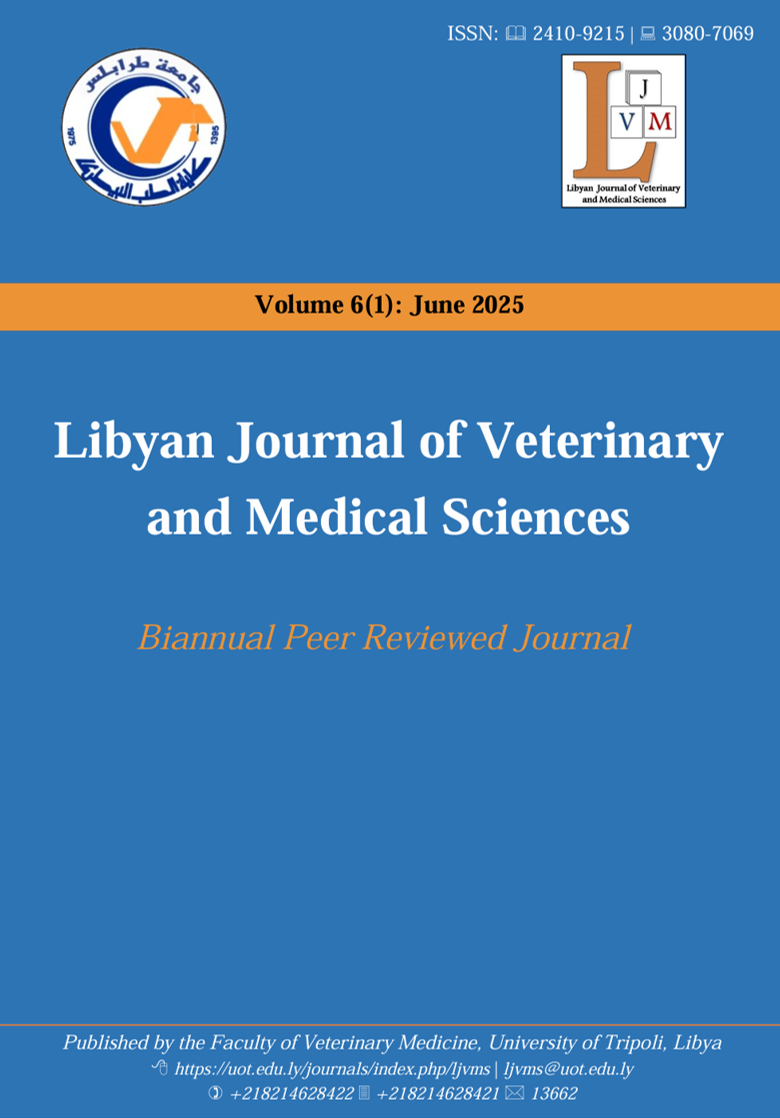Effect of In-vitro Loading on Equine Carpi of Different Morphology: A Pilot Study
الكلمات المفتاحية:
Equine، Carpus، Radiology، Loading، Morphologyالملخص
Equine carpal morphology is fundamental when considering the joint stability and soundness. Although specific preferable and poor carpal conformations have been identified, it is as yet unclear how such varied carpal conformations respond to loading. This pilot study aimed to investigate the effects of in-vitro loading on carpal joints that had different bone conformations. Two carpi were selected; a carpus of a Warmblood horse (H1) with a favourable carpal conformation and a carpus of a Thoroughbred (H2) with a morphology associated with carpal pathology. Specimens were subjected to mechanical loading via an Instron test machine and dorsopalmar radiographs were taken before and after loading. Five carpal angular parameters were measured on the radiographs to assess changes in the morphometry of the carpi. The results indicated that H2 experienced greater changes in angular values, particularly in the angle of the radial facet of the third carpal bone (Rf.C3-Prx.Mc3), and instability under load. Conversely, H1 demonstrated a consistent stability, with minimal changes in the measured angles. The findings emphasize the important role of specific carpal morphology especially the angle of the radial facet of the third carpal bone in the joint stability which may be important in minimizing the risk of injury during high-speed racing.









